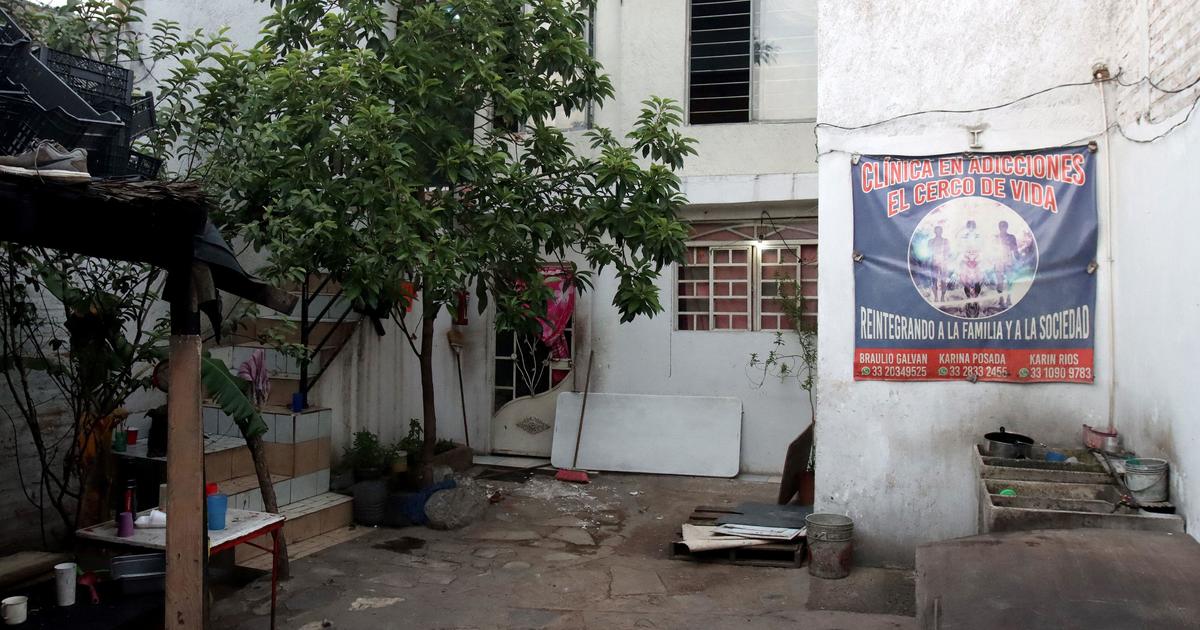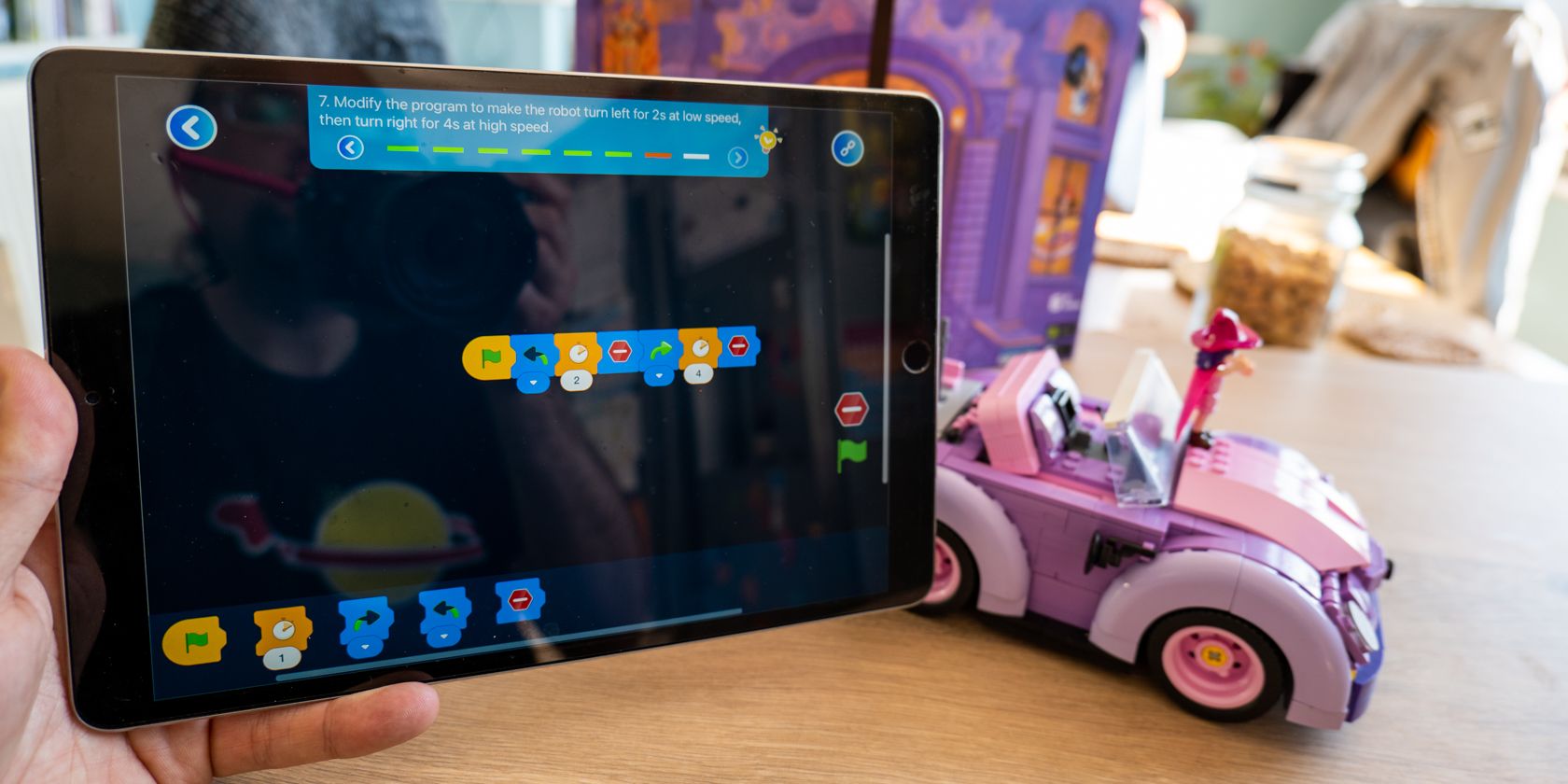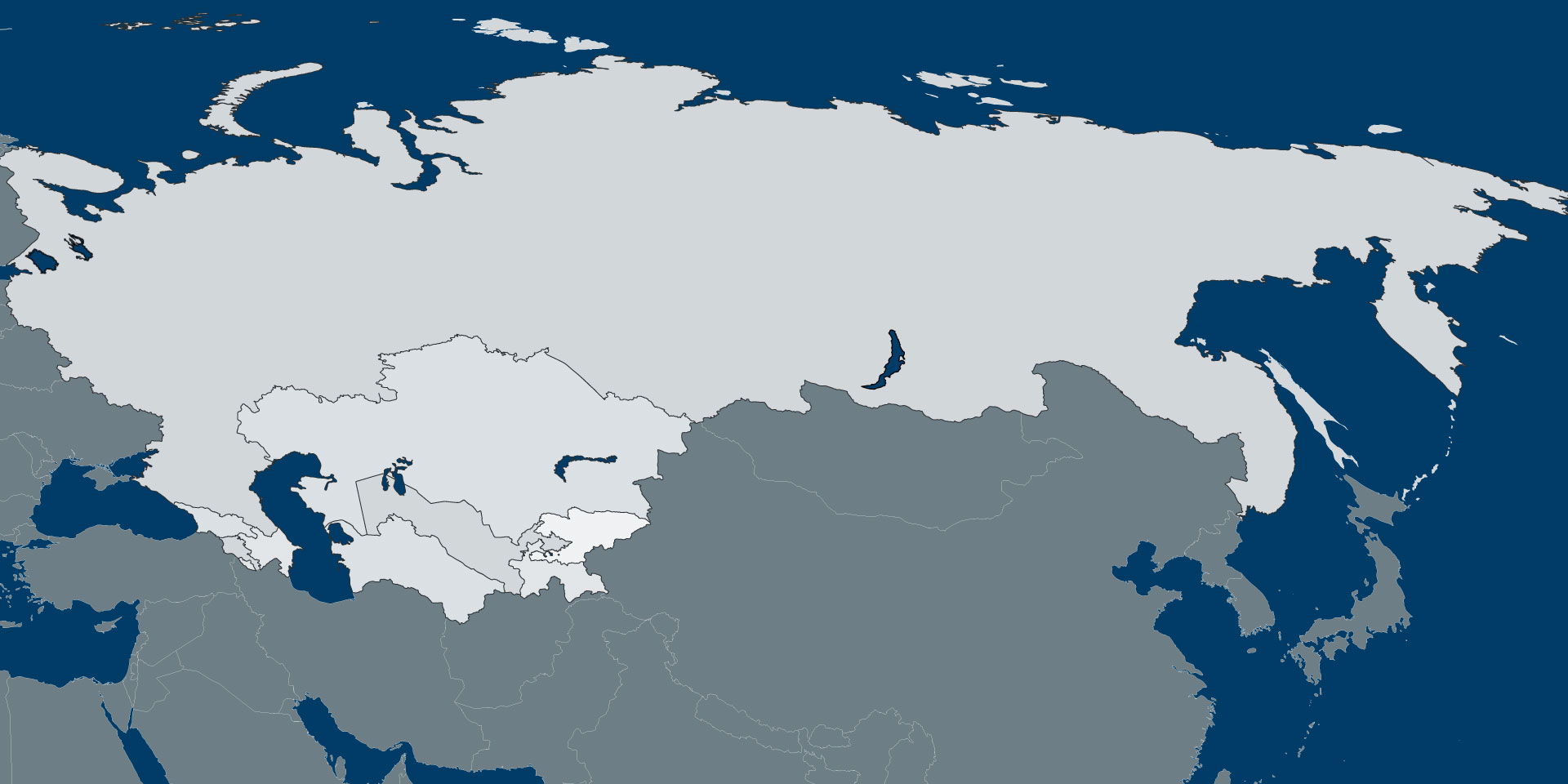[ad_1]
After hearing Jim’s idyllic-sounding surfing stories for years, I suggested a road trip to revisit the haunts of his youth. We started in Mazatlán, at the mouth of the Gulf of California on the Pacific Coast, where we now spend the winter months. Our goal was to find not just the towns, but also the exact stretches of beach where he stayed, where geography, winds and water currents converged to create world-renowned surf breaks.
Under a cloudless February sky, the dry desert air from the nearby Sierra Madre Occidental Mountains heated the blacktop on the two-lane highway, making for perfect road trip conditions on the drive to San Blas. Along the route, the landscape morphed from marshes and lagoons to mango, agave and banana farms. Trucks streamed by in both directions, passing each other in an imaginary but mutually understood center lane. Side-of-the-road truck stops offered dried shrimp, shrimp ceviche, shrimp tacos and tamales, as well as jicama, jackfruit, coconuts and jugs of water.
We arrived in San Blas in less than four hours. Located in the state of Nayarit on the northern edge of Matanchén Bay, it’s a sleepy town known for its history as a shipbuilding center and port during colonial days; its naval base; its birding opportunities; and its bugs (mosquitoes and no-see-ums), which swarm at dawn and dusk. San Blas is also celebrated in the surfing community for its fine sand beaches and what was once touted as the world’s longest surfable wave.
It wasn’t difficult to locate Jim’s old surfing spot, because overdevelopment hasn’t spoiled the landscape in San Blas. We drove through the colorful arch at Playa Las Islitas and turned onto a dusty dirt road along the miles-long beach lined with palm trees, thatched-roof shacks selling beach gear and open-air seaside restaurants serving grilled fish, ceviche, shrimp and beer.
Although the beach looks the same, some artificial jetties and a hurricane have filled the bay with sand, so visitors have to wade out quite far to swim. The waves are now more suitable for beginner surfers or children. Surfers looking for larger waves these days head to Stoners Point, reached at the end of Las Islitas via an unmaintained dirt road.
Jim said he and his friends used to drive on the beach, taking turns picking each other up at the end of their half-mile or longer rides. “Those days are gone,” he said. “But the beach is still breathtaking.”
Spectacular scenery is not limited to the beach. At the top of San Basilio Hill, the ruins of a 1770 fort, La Contaduría, command a striking view of the town and harbor. Steps away, the romantic stone shell of the Nuestra Señora del Rosario church, circa 1769, provides Instagram-worthy backdrops. The crumbling church was also the inspiration for the last poem penned by Henry Wadsworth Longfellow, “The Bells of San Blas.”
We couldn’t leave San Blas without an afternoon of birding. Our hotel’s concierge suggested the perfect guide: 74-year-old Chencho, a San Blas native who knew his way around the estuaries, coastal mangrove inlets and coves of the La Tovara National Park as intimately as I know the paths to my favorite swimming spots in my hometown woods. We were able to get close to and identify 28 species on our mangrove cruise, including familiar birds such as egrets, herons, ibises and anhingas, as well as new-to-us species such as the petite vermilion flycatcher and the primordial-looking boat-billed heron.
After three nights in San Blas, we set our sights on Punta de Mita, in search of the sweet surf spot that, back in the day, was celebrated as a classic Malibu-like point break, a long break wrapping around a small, rocky reef. Jim referred to it as “my own little Shangri-La,” a place where he and his buddies would surf all day and share a palapa (an open-sided structure with a palm-thatched roof) under the stars on a powdery beach at night.
It proved almost as elusive as the fictional Shangri-La.
About a three-hour drive south from San Blas and about an hour northwest of Puerto Vallarta, Punta de Mita — a knob-shaped peninsula on the northern end of Banderas Bay — has significantly changed since 1969. Much of the sparsely populated fishing and farming community is now a gated, private reserve of luxury resorts, private homes, golf courses and exclusive restaurants. (The gated community has been branded Punta Mita. The geographic area that includes the town is Punta de Mita.)
We wandered, disoriented, and consulted online maps, hoping to match Jim’s memories with the changed landscape. We got our answer from the proprietor of Accion Tropical, a surfing and snorkeling center located in the bustling village. The area where we stood — a stretch of beach with lively seaside restaurants, surf centers, craft shops, yoga studios and boutique clothing stores — had sprung up in the early 1990s, when the government relocated residents from an area that is now within Punta Mita. The addition of rock jetties that extend into the sea, designed to offer safe harbor to boats, changed the currents. The result was an enormous loss of sand that left a pebbly, rock-strewn beach in front of the previously perfect break.
No wonder it all looked different! Lalo Fernandez, the proprietor, suggested we visit the far end of the beach, near where the area’s oldest restaurant, El Coral, was hosting its usual lunchtime crowds.
It was there, beyond the farthest jetty, that Jim recognized the spot — and the wave. “I remember looking at the mountains and the sweep of the beach and thinking this was such a beautiful place,” he said. Two 100-foot Italian yachts were anchored offshore in what was once a remote, uninhabited location.
Of course, it’s still a beautiful place. We celebrated with lunch at seaside restaurant La Pescadora. Salty breezes cooled our sun-warmed skin as a whole grilled snapper marinated in smoky adobo arrived with piles of rice, salad, fresh corn tortillas and chips with two salsas. We toasted with a bloody mary and Pacifico beer and declared the journey a success.
Today, surfers are found much farther south along the shore, at Playa La Lancha. They park along Highway 200, grab their boards and follow an unmarked path for a 10-minute hike through an overgrown, junglelike landscape. Eventually, they arrive at a sweep of sandy beach with an A-frame point break and, if the swells are cooperating, six-foot waves — their own Shangri-La.
Regis is a writer based in Wellfleet, Mass. Her website is necee.com.
Paredes No. 106 Sur, San Blas
Family-owned hotel with clean, simply furnished rooms and suites in traditional colonial-style architecture. In-town location. On-site gardens, restaurant and swimming pool. Rates from about $74 per night.
Xiobella Luxury Boutique Hotel
Calle Playa Careyeros, Punta Negra, Punta de Mita
At the end of a dirt road, this oceanside, all-inclusive boutique hotel features a pool, restaurant, WiFi, air conditioning and spa. Rates from about $337 per night.
Punta de Mita Highway, Sayulita Km 2, Litibu
Sprawling, gated, luxury retreat along beach with 265 guest rooms and 25 suites. Family-friendly with restaurants, bars, spa, fitness room, pools, game room and kids’ club. Rates from about $625 per night.
Hotel Garza Canela, Paredes No. 106 Sur, San Blas
Chef-owner Betty Vázquez offers creative menus at the Hotel Garza Canela. Traditional Mexican breakfast. Lunch and dinner feature fresh seafood and shrimp, chicken, pasta, salads and soup. Save room for homemade desserts. Open Thursday through Tuesday 8 to 10 a.m. for breakfast and 1 to 8:30 p.m. for lunch and dinner; closed Wednesday. Entrees from about $11.
Playa Las Islitas, San Blas
Enjoy lobsters, shrimp, freshly caught finfish and oysters under a seaside palapa with your feet in the sand. Also serves hamburgers, empanadas and more. One of many restaurants along this beach. Open Tuesday through Sunday 9 a.m.; usually closes when the sun sets. Lunch from about $6.
Ave. El Anclote 10, Punta de Mita
Several notches above usual seaside palapas (cloth napkins!), this restaurant specializes in raw, marinated, grilled and fried seafood. Impeccable service, full bar and views of Banderas Bay along Playa Punta de Mita. Open daily noon to 9 p.m. Entrees from about $16.
Ave. El Anclote 4, Punta de Mita, Nayarit
The oldest restaurant along Playa Punta de Mita, this casual sand-in-your-toes establishment is filled with tourists and locals catching up on the gossip of the day. Specializing in seafood — shrimp, lobsters, octopus and local fresh fish — plus guacamole, beef fajitas, nachos and quesadillas. Open daily 7 a.m. to 8 p.m. Entrees from about $8.
La Contaduría and Nuestra Señora del Rosario Temple
El cerro de San Basilio, San Blas
Tour what is left of the 18th-century fort, La Contaduría, and enjoy a scenic overview of the city and port. Steps away are the ruins of the Nuestra Señora del Rosario Temple. Open daily 9 a.m. to 7 p.m. Admission about $1.
Embarcadero el Conchal, El Conchal 63743, San Blas
Take a river cruise along fresh and saltwater estuaries and coastal mangrove inlets and coves. The nature preserve is home to many species of endemic and migratory birds, caiman and turtles. Stop by the embarcadero to see whether a tour is departing, or reserve a private guide through a hotel concierge. Tours run daily, 9 a.m. to dusk. Prices vary per length of trip, from one to three hours. From about $6 per person. Private four-hour tour for two, about $25 per person.
Ave. El Anclote, 16 local 2. Punta de Mita
Open since 1996, the first surf school in Punta de Mita now offers surfing and stand-up paddleboard lessons, board and equipment rentals, transportation to surf spots, seasonal whale-watching excursions and snorkeling trips to the nearby Islas Marietas National Park. Lessons from about $80 per person.
Potential travelers should take local and national public health directives regarding the pandemic into consideration before planning any trips. Travel health notice information can be found on the Centers for Disease Control and Prevention’s interactive map showing travel recommendations by destination and the CDC’s travel health notice webpage.
[ad_2]
Source link















